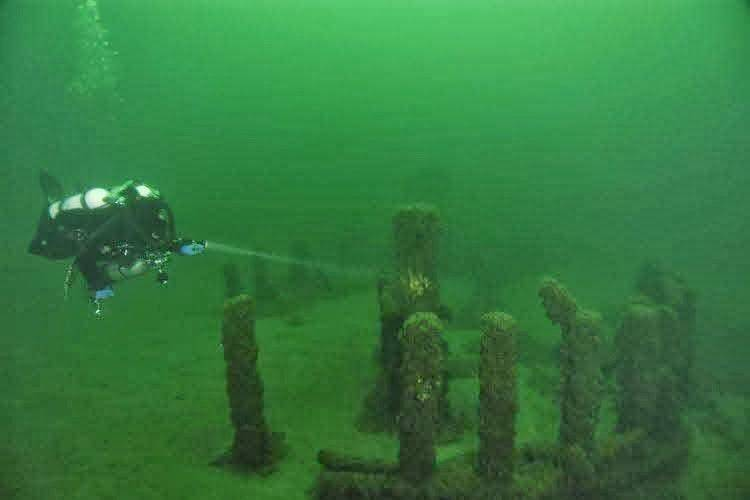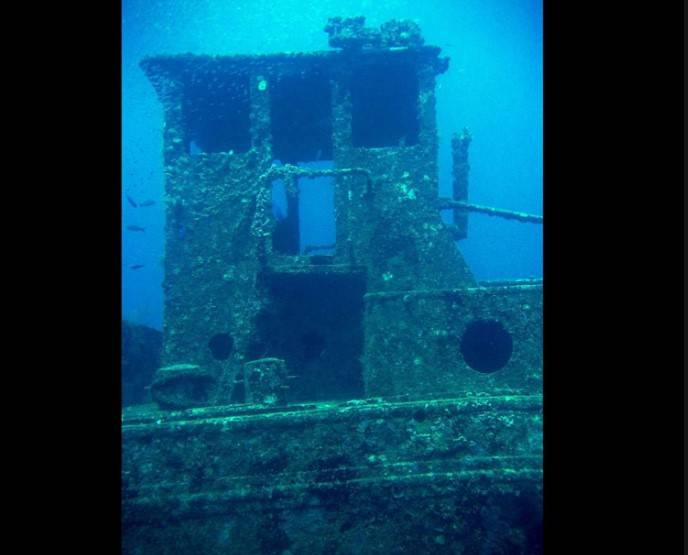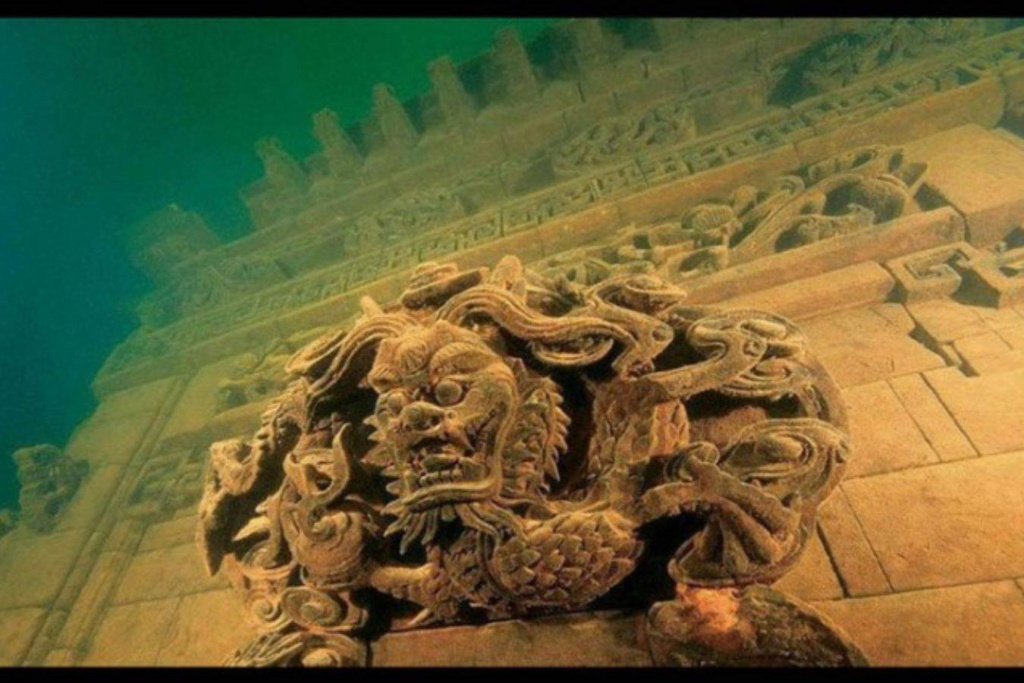Underwater historical places

Thousands of years ago, humans did not anticipate the possibility of entire cities being drowned in the ocean. Although tales of ancient mythology are devoted to stories of lost cities, many did not believe them, until Atlantis appeared in conversation thanks to Plato, who claimed that the city had fallen under the waves thousands of years before he wrote about it.
While debates over whether the sinking of Atlantis was real have continued since the ancient Greeks introduced the idea, the underwater buildings, streets, and edifices of other ancient cities have revealed themselves to researchers. These sunken homes, mansions, and meeting places are as beautiful as they are strange: they prove that size and importance are not enough to sustain a thriving community over water.
Learn about 7 underwater historical places from booksandtravel-page.
1) Cleopatra's Palace, Egypt

Cleo Patra Palace - Image via dailystar.co.uk
Much of the history of ancient Egypt disappeared over the centuries, as plunder by tomb raiders or the sea reclaimed. Many believe that Cleopatra's Palace is one of these lost secrets, lost due to natural disasters as it was sunk during an earthquake. Archaeologists point to a temple of Isis, a tomb (thought to be the tomb of Cleopatra herself) and a museum on the same site, and experts have recovered more than 140 artifacts found at the site.
2) Stonehenge in Lake Michigan

Stonehenge in Lake Michigan - Photo courtesy of dailystar.co.uk
At the bottom of Lake Michigan the stone circle was discovered in 2007 during a sonar survey, and is located 12 meters underwater. One of the stones bears what looks like a carving of a mastodon that became extinct 10,000 years ago, adding to the circuit's mystery.
3) Underwater Sculpture Park, Mulliner

Underwater Sculpture Park, Mulliner - Image courtesy of dailystar.co.uk
It opened in 2006, which helped regenerate the area after storm damage. The sculptures provide a habitat for coral reefs and algae, and the marine life in the area lends an exotic feel to the sculptures. Creatures colonized the statues, making them look like treasures lost from shipwrecks.
4) Warca, India

Warka, India - Image via dailystar.co.uk
According to legend, Lord Krishna had a city of 70,000 palaces made of precious metals. When Lord Krishna died, the entire city, Dwarka, disappeared beneath the waves.
In 2000, experts discovered a series of ruins 40 meters under water near the modern settlement of Dwarka. The city is one of the seven oldest cities in India. Engineers conducted acoustic studies and found that the effects were geometric.
While archaeologists have recovered many of the artifacts, one has caught their attention. Dating back to 7500 BC, it suggests that the ruins could have been ancient Dwarka after all.
5) Port Royal, Jamaica

Port Royal Jamaica - Image via dailystar.co.uk
Once known as "the most evil and dangerous city in the world", Las Vegas in Jamaica was a notoriously pirate city. It was also poorly built, and a 7.5 magnitude earthquake in 1692 sent the city's 33 acres into the sea. The city was the second largest in the New World (after Boston). In 1675 he became the infamous Lieutenant Governor Henry Morgan, who died in 1679, and even the tomb in which he lay ended up under the waves .
The ruins of the city are now located 12 meters under water. Archaeologists continue to find well-preserved artifacts at the site. It became a national heritage site in 1999.
6) Yonaguni Monument, Japan

Yonaguni Monument, Japan - Image via dailystar.co.uk
The Yonaguni Monument was discovered in 1986, and is located off the coast of Japan. Experts debate the source of the huge rock formation - is it natural or man-made? Some believe the site began as a natural monument, later modified by humans. Mu, according to legend, Mu disappeared under the sea like Atlantis.
7) Shi Cheng, China

Shi Cheng, China - Image via dailystar.co.uk
Shi Ching or "Lion City" was built between 25-200 AD, and spans about 62 football fields. It is also more than 30 meters deep under Lake Quiandao, which was created in the 1950s as part of the dam. Surprisingly, the floods helped preserve its ancient architecture, as water protected it from sun and wind damage. Many of the city's arches and buildings remained intact.
https://www.sayidaty.net/node/1461316/%D8%A8%D9%84%D8%B3/%D8%AB%D9%82%D8%A7%D9%81%D8%A9-%D9%88%D9%81%D9%86%D9%88%D9%86/%D8%A3%D9%85%D8%A7%D9%83%D9%86-%D8%AA%D8%A7%D8%B1%D9%8A%D8%AE%D9%8A%D8%A9-%D8%BA%D8%A7%D8%B1%D9%82%D8%A9-%D8%AA%D8%AD%D8%AA-%D8%A7%D9%84%D9%85%D8%A7%D8%A1?fbclid=IwAR287hIOTCTQg00Es2IEm4KNhtKVelzMOQ623nXkOJ7otzalLnQ6XKNpdso

